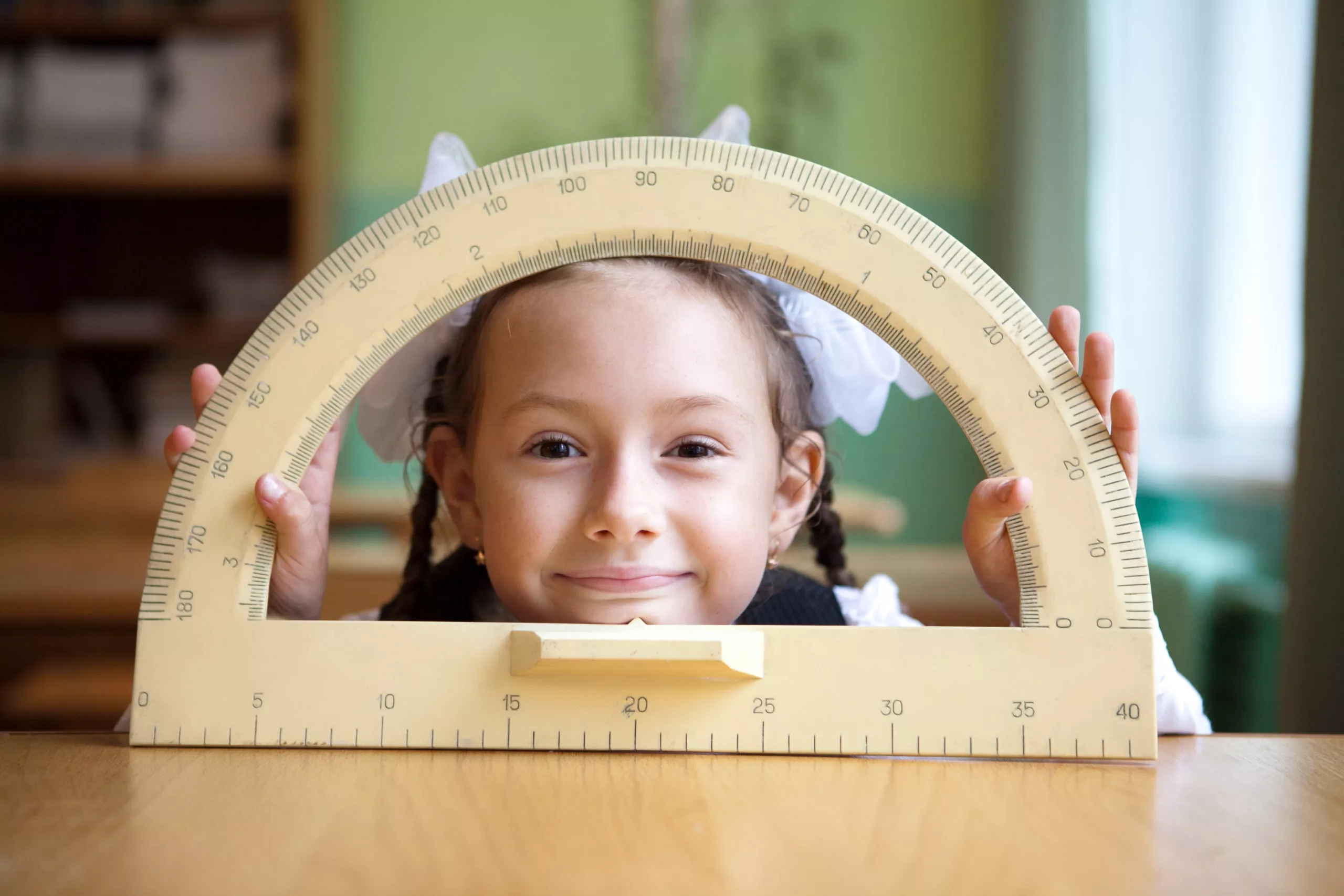
In 2022, we’ve seen health organizations, eye doctors, parent influencers, and well-known publications come together to help drive more understanding around the myopia epidemic and an urgency to take action to raise awareness of the importance of slowing this disease in children. We expect to see this momentum continue as we move into 2023, a year that is sure to bring even more myopia treatment options, events, and education.
The World Health Organization (WHO) launched its Be He@lthy Be Mobile Toolkit.
Developed in conjunction with the International Telecommunications Union (ITU), the WHO’s Be He@lthy Be Mobile toolkit includes evidence-based message libraries with guidance and resources for adapting, implementing, and monitoring its “MyopiaEd” education program. The toolkit is intended to assist policy and decision makers in establishing a digital health program for myopia education and prevention.
Read more about the toolkit and download it here.
This year, MyMyopia® published more than 20 new resources in the form of articles, videos, and downloads to help educate parents on the risks of pediatric myopia and the benefits of myopia management.
Continuing our commitment to support parents with the most valuable information possible, in 2022, we published new articles based on the different steps of a parent’s journey—from learning your child may have myopia to conversations with eye doctors about treatment options and what you should do when your child’s myopia is getting worse. We also launched videos featuring advice from eye doctors Dr. Thanh Mai, OD and Dr. Roxanne Achong-Coan, OD. The MyMyopia® toolkit for eye doctors packages these resources and more, so they can easily be used on practice websites, social channels, and as printouts in the office. By continuing to add to our library of resources, in 2022, MyMyopia® became the second most visited website for people seeking to learn about myopia in children and understand more about emerging myopia control options.
The MyMyopia® toolkit and how-to guide can be downloaded here.
The Global Myopia Awareness Coalition (GMAC) launched the Screen Staycation campaign.
The campaign challenged families to take a 24-hour tech timeout to spend time together outside in hopes of lowering the risk of myopia. Doctor and parent advocates such as Dr. Natasha Burgert and Dr. Rupa Wong and parent influencers like Haylie Duff and Muneera Page supported the campaign by spreading the word on social media. Parents were encouraged to help kids build lifestyle habits that can help to limit the progression of myopia—like spending more time playing outside.
Myopia took the spotlight in the widely read publication The Atlantic.
The article, The Myopia Generation, provides a global overview of myopia, including the rates of myopia around the world. It also dives into the history of myopia, and what about our current lifestyles is making children more myopic and why the onset of the disease is happening much earlier. The article features leaders in the field of myopia management and their experiences.
Read the Atlantic article, The Myopia Generation, here.
A new myopia documentary called Losing Sight – Inside the Myopia Epidemic was released.
The documentary was created by filmmaker Jane Weiner who shares a detailed account of how childhood myopia can lead to serious eye health risks and how it can now be addressed with myopia treatments that help slow eye growth. Throughout the film, Weiner travels through the U.S., Asia-Pacific, and Europe to pull back the curtain on the global myopia epidemic. The short film showcases real-world experiences of people living with myopia, while also sharing the clinical background from leading experts in the field.
Learn more about the documentary here.
The World Council of Optometry (WCO) released the results of a survey on the uptake of myopia management among global eye care professionals.
As part of a virtual event, “Myopia Management: Putting it Into Practice,” WCO conducted pre- and post-event surveys aimed at evaluating the impact of educational content on clinical practice.
Among 375 respondents to the survey:
- 83% of the pre-survey group responded that they “strongly agree” and 13% “somewhat agree” that myopia management should be the standard of care.
- On the post-survey, these increased to 87% “strongly agree” and 9% “somewhat agree.”
- 89.5% in the post-survey reported that they would approach myopia management in children differently.
- 156 eye care professionals indicated the need for further education on myopia management.
“We are encouraged by the results of the survey which showed that global eye care professionals feel that learning more about myopia management is important to better care for their patients,” said Sandra Block, OD, WCO President-elect. “We believe the optometry sector should be mindful to create accessible, equitable, evidence-based resources that reflect the growth of knowledge in best practices for the management of progressive myopia in children.”
Read more about the survey and results here.
We appreciate your interest in MyMyopia®, and we look forward to a new year of sharing more knowledge, insights, and successes in protecting children’s vision health next year. Our continued goal is to launch new initiatives to support parent education and to equip professionals with helpful resources.
Tags: myopia, eye health, myopia management, myopia control, pediatric myopia
